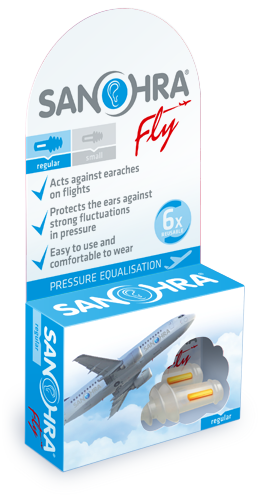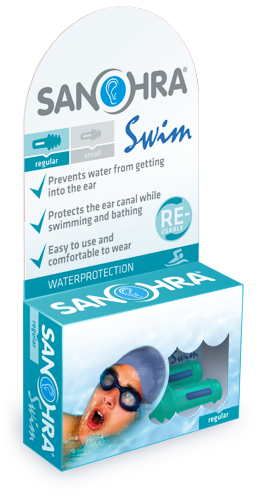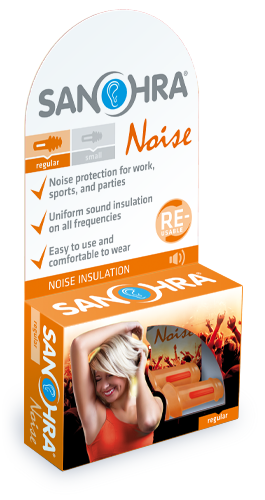

Noise Insulation
Music enjoyment also for the ears
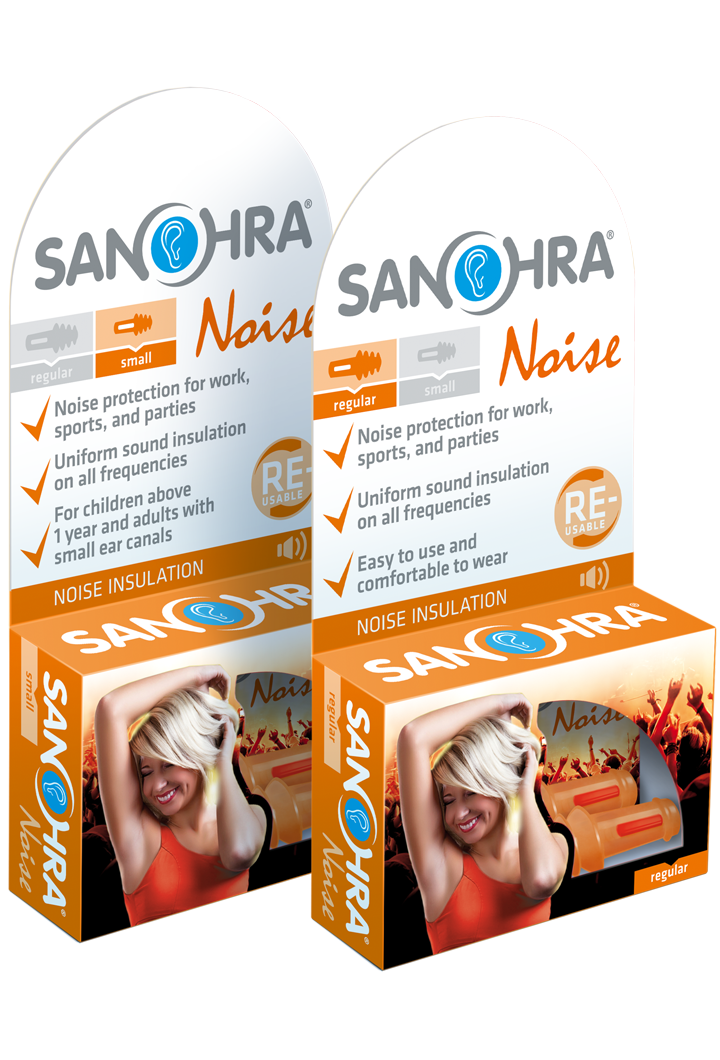
- Noise protection fro work, sports, and parties
- Uniform sound insulation on all frequencies
- Easy to use and comfortable to wear
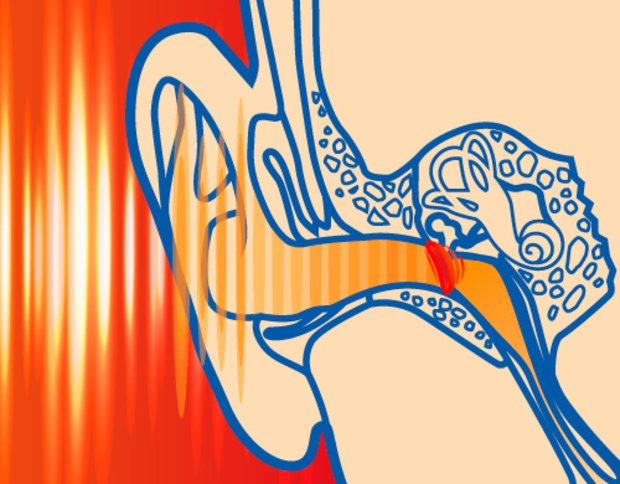
Noise Insulation
After a night at a loud club , concert, watching an exciting action film in a movie theatre with a high performance surround sound system, or a visit to the stadium with blaring songs to support the team, the ear finds peace with great difficulty and often rebels the next day with weird sounds and restricted hearing.
That is a warning signal! Everyone should use noise cancelling earplugs the next time they visit such an event. While strict legal regulations exist in the work area, each is left to fend for himself in personal life.
When one dances or sings or cheers along, the ability to correctly judge the stress on the ear is greatly reduced. Sound volumes over 85 dB that are generally so stressful in traffic or while working with machines that one is forced to cover his or her ears, sometimes do not bother people when one is in front of a stage, in a movie hall, or at a stadium.
Many musicians have identified this problem, not least due to the example of colleagues with hearing damage or even deafness and have taken recourse to ear protection.
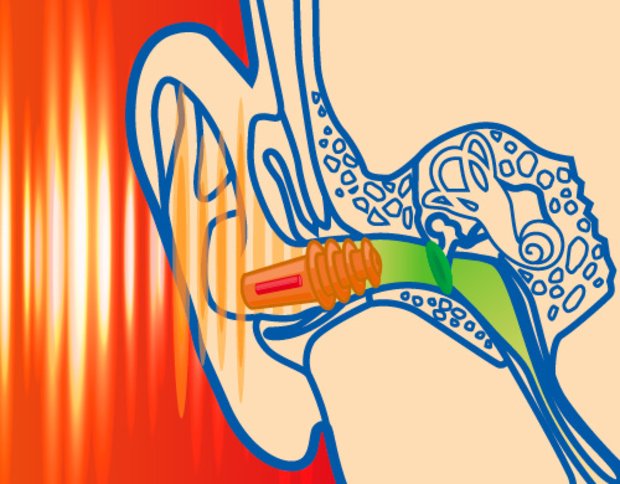
How SANOHRA music earplugs work
Sound levels often cross 100 dB at clubs, concerts, and often even at private parties. Studies show that ears are temporarily deafened due to such loud music even when exposed to short periods of time. This leads to the music being played even louder after an hour, which in turn further damages the ears.
To counteract irreversible deterioration of hearing and tinnitus, the ears should be protected from continuous sound volumes of over 85 dB even in private. However, the joy of music should not be sacrificed and therefore appropriate ear plugs should be used.
The most sold ear protection products made of wax or foam distort music and decrease quality: They unequally reduce the sound level in the higher frequencies more than in the middle and deep frequencies.
SANOHRA noise ear plugs are ear protection that reduces the sound pressure equally by about 23 dB: Extraordinarily high sound fidelity is the result, and the timbre of individual instruments or the vocals remains pure.
Some of the challenges included in the design of the ear plugs are explained in the section Measurement values.

How to use
Inserting SANOHRA noise ear plugs correctly
Place the right arm to the left over the head and pull the left ear conch up a little. This makes the auditory canal better accessible and widens it a little. Take the SANOHRA ear plugs between the thumb and forefinger of your left hand and press it in carefully with the lamellas with a slight turning motion into the auditory canal of the left ear.
Do not push it in too much, after letting go of the ear, the auditory canal narrows down again and the SANOHRA ear plug sits smugly. Follow the same method for the right ear.
Done. Both your auditory canals are now protected.
To remove, again widen the auditory canal slightly by pulling up the ear conch and slowly remove the ear plugs with a small turning motion. Ear plugs must never be removed abruptly.
Order Online
Additional Information
A pneumatic hammer generates a sound level of 100 dB even at a distance of 10 meters. This is so unpleasant, that we try to cover our ears when we pass by a construction site. Loud clubs or concerts reach a continuous sound level of 100 to 120 dB. The enjoyment of the music and the pleasure of participation repress the danger of this sound level.
Continuous exposure to noise levels above 85 dB leads to a disturbance in hearing even after a few hours. At the beginning soft notes are not sensed anymore. This in most cases is temporary. When the ear is subjected to such strain every week for several hours, it can lead to premature and permanent hearing impairment.
Before an ear/hearing protection is launched in the market, every noise protection product must be tested by an independent testing institute in the EU. The sound insulation is tested over eight different frequencies. The following results of testing were determined for SANOHRA noise ear plugs:
The SNR value (Single Number Rating) is calculated from these test values. The SNR provides general information on the insulation efficiency of a noise protection product. SANOHRA noise ear plugs reduce the sound to 23 dB averaged over all audible frequencies, a value that can be tolerated by the ears even over longer period of time at the club, a concert or in the stands.
The so-called HML values are important for assessing whether earing protection reduces sound while keeping the music pure: They indicate how the noise protection behaves at high frequency (2,000 to 8,000 Hz), medium frequency (1,000 to 2,000 Hz) and the low frequency ranges of human hearing. The lesser these vary from each other, the purer is the reduction of surrounding noise and music.


